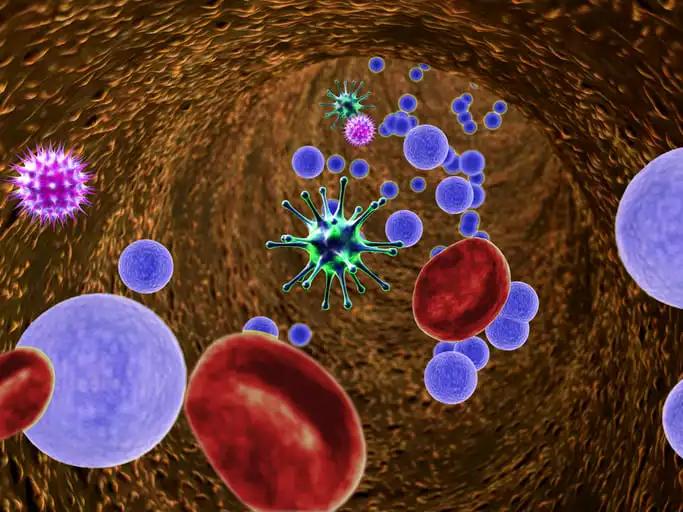KEY TAKEAWAYS
- The phase 1/2 trial aimed to evaluate MCLA-129 with osimertinib in NSCLC.
- The primary endpoint was to determine ORR n NSCLC pts after ≥2 cycles. The secondary endpoints were DCR and safety.
- The result demonstrated that MCLA-129 + osimertinib showed promising efficacy in EGFRmut NSCLC with observed IRRs and ILD/pneumonitis.
In many cancers, including non-small cell lung cancer (NSCLC), two proteins called Epidermal growth factor receptor (EGFR) and hepatocyte growth factor receptor (c-MET) act abnormally and help the cancer grow. Osimertinib is a powerful drug that blocks EGFR in certain types of NSCLC, but sometimes the cancer becomes resistant. MCLA-129 is a new drug that targets both EGFR and c-MET and boosts the immune system’s ability to fight tumors.
In the interventional study, Mariana Brandão and his research group spearheaded the study that aimed to test whether combining MCLA-129 with osimertinib will help treat NSCLC initially or after osimertinib stops working.
The study included advanced/metastatic EGFRmut NSCLC patients who were either new to treatment or had experienced progression on osimertinib. Patients were given MCLA-129 (1500 mg IV every 2 weeks) and osimertinib (80 mg orally daily) until disease progression or unacceptable side effects. Tumor imaging was done every 8 weeks. The main goal was to determine how well the treatment worked with objective response rate (ORR), with other measures like disease control rate (DCR) and safety also considered. The study also planned to analyze biomarkers related to EGFR/c-MET expression and ctDNA mutation status.
About 48 patients underwent treatment, 14 in 1L (first-line) and 34 in 2L+ (second-line and beyond). The median age for 1L and 2L+ groups was 56 years (range 40-80) and 61 years (range 35-81), respectively. Osimertinib was administered to all 2L+ patients, with 71% receiving it as the most recent therapy; 24% had prior chemotherapy. The median exposure duration was 10 weeks (range 2-26) and 10 weeks (range 2-38), with 13 (93%) and 23 pts (68%) continuing treatment at data cutoff for 1L and 2L+, respectively.
In 1L, 8/10 evaluable pts had a partial response (PR) (80%; 95% CI 44-98), 2 confirmed; all were ongoing. DCR marked among the pts was 90% (95% CI 56-100). In 2L+, 11/22 evaluable pts had PR (50%; 95% CI 28-72), 6 confirmed. 9/11 PRs were ongoing. DCR was 82% (95% CI 60-95). In 48 pts treated, the most common Adverse events(AEs), regardless of causality, were IRRs (composite term) in 85% of pts (6% ≥G3). Skin toxicity was common (75%; 4% G3). 5 pts (10%) had treatment-related interstitial lung disease (ILD)/pneumonitis (2 G2, 2 G3, 1 G5), 1 progressed to G5 after data cutoff.
The result concluded was that the combination of MCLA-129, a bispecific antibody targeting EGFR and c-MET, and osimertinib, a third-generation EGFR tyrosine kinase inhibitor, shows promising clinical efficacy in both 1L and 2L+ therapy for patients with EGFR-mutated NSCLC. However, the treatment also presents potential safety concerns that need further investigation. This study was sponsored by Merus N.V.
Source: https://cslide.ctimeetingtech.com/asia2023/attendee/confcal/show/session/45
Clinical Trial: https://clinicaltrials.gov/study/NCT04868877
Cappuzzo F, Moreno Garcia V, Ou SHI. “Efficacy and safety of MCLA-129, an anti-EGFR/c-MET bispecific antibody, combined with osimertinib, as first-line therapy or after progression on osimertinib in non-small cell lung cancer (NSCLC)” Presented at ESMO ASIA 2023. (Abstract: 516MO)



